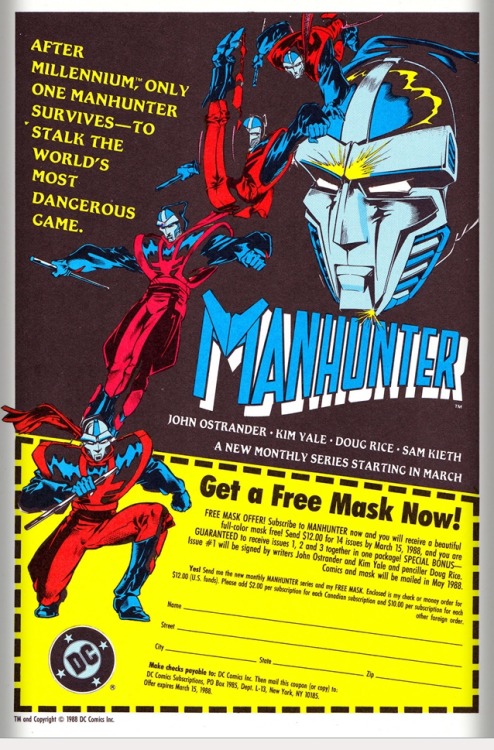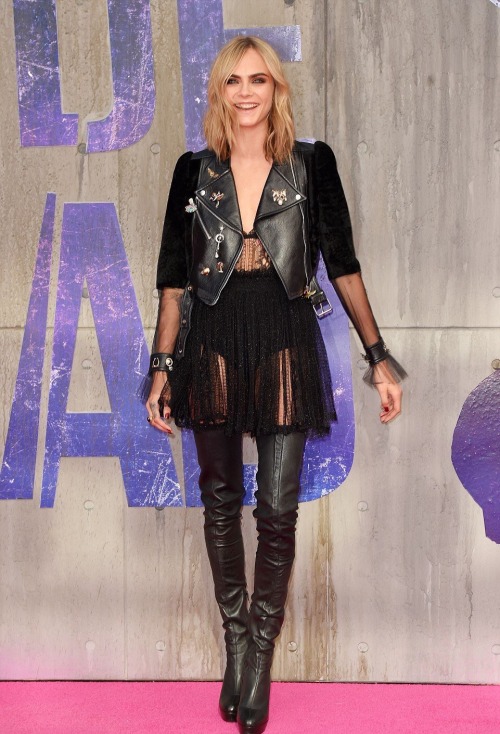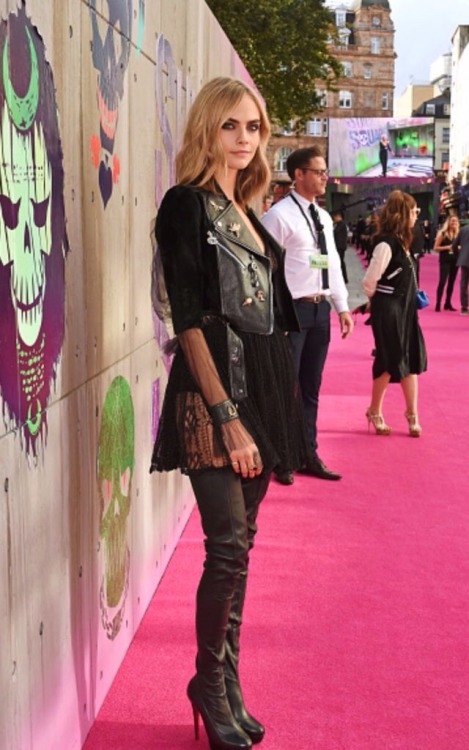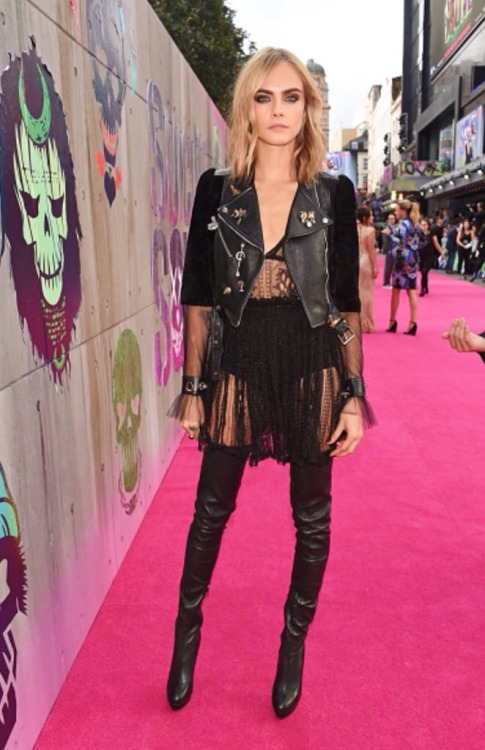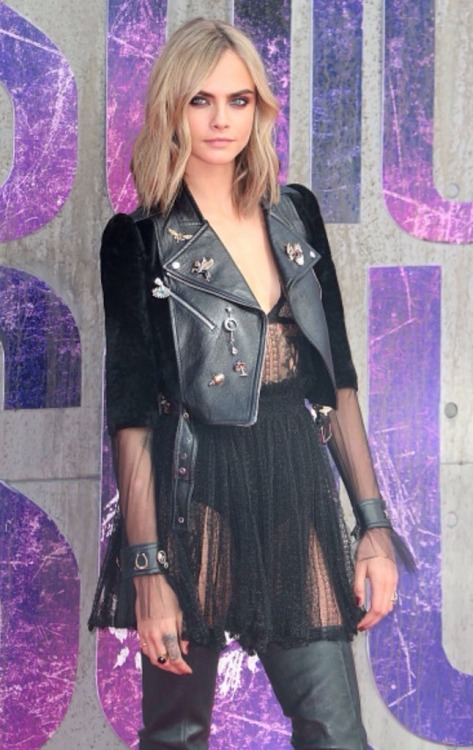#suicide squad
Manhunter v1
The Manhunters (alien robots that served as antagonists to the Green Lantern Corps) originally appeared in 1977 and were created by Steve EnglehartandDick Dillin.
The ‘Manhunter’ concept actually pre-dates the Manhunters’ first appearance by three decades with Adventure Comics #72 (1942): a character named 'Manhunter’, created by Joe SimonandJack Kirby, who appears similar in appearance to the Manhunters EnglehartandDillinintroduced.SimonandKirby’s Manhunter (aka: 'Paul Kirk’) fell into obscurity around 1944 when various factors, due to a direct result of World War 2, caused DC comics to shorten the length of it’s publications.
The 'Paul Kirk’ Manhunter was revived* by Archie GoodwinandWalter Simonson in a 1973 back-up feature that ran in Detective Comics from issue #437 to #443 and was promptly killed off afterwards.
A new Manhunter (aka: 'Mark Shaw’) was introduced in DC’s 1st Issue Special #5 (1975) by Jack Kirby - but fan reaction did not merit 'Mark Shaw’ recieving his own ongoing series. Mark Shaw re-appeared in 1977’s Justice League of America #140 - #141 (in which EnglehartandDillin introduced the Manhunters) and tied Mark Shaw and Paul Kirk to the whole 'Manhunters’ mythos that Englehart created - a nice example of Englehart incorporating some previous continuity to tie everything together. Mark Shaw appeared in a few issues of Justice League of America in various incarnations during 1977 and pretty much remained in comic book limbo until John Ostrander gave Shaw his big break in the 1987 Suicide Squadseries.
Ostrander was drawn to Mark Shaw and the character’s quest to 'uncover his identity’ and decided to include him in a Suicide Squad story arc dealing with the inter-company Millennium cross-over (Suicide Squad v1 #8 to #10). The issues were well-received by fans and generated renewed interest in the character. It should be noted that the Millennium cross-over event spotlighted the Manhunters across every DC title being published at the time. Also, by this point, Goodwin/Simonson’sManhunter back-up feature from 1973 had achieved cult-like status among fans (and was reprinted as a Baxter edition in 1984). Thus: a combination of the Millennium event, the demand for the Goodwin/Simonson Manhunter reprint and his appearance in Suicide Squad created the 'perfect storm’ of interest to allow this character to receive his own ongoing series. It was originally planned as a 4 issue mini-series, but became an ongoing series thanks to fan response.
While the series *could* be considered an unofficial Millennium spin-off, I’m sure it’s creation had more to do with Ostrander’s treatment of the character in the pages of Suicide Squad rather then the cross-over event itself. This is relevant, since it’s Ostrander and (his wife) Kim Yale’s scripting and writing of the Manhunterv1 series that makes it so enjoyable to read. At the time, Ostrander was writing 3 other DC titles (Suicide Squad,Deadshot, and Firestorm) and it wasn’t unusual to have supporting characters from one series featured in another. For example, the first issue of Manhunter has Mark Shaw apprehending Captain Cold (a Flash rogue) who ends up joining the Suicide Squad in the following month’s Suicide Squad (issue #16). It’s the tight cohesion of these four titles that made these series’ so enjoyable to read - almost like a mini-Ostrander universe (Ostraverse?) that only you are privy to. Another example: shortly after Count Vertigo appears in Manhunter v1 #7 does he become a member of the Suicide Squad in Suicide Squad#24.
TheManhuner series was brilliantly written as a detective/espionage thriller. The premise of the series is: Mark Shaw, in an effort to make money and clear the Manhunter name, decides to use his abilities and powers (a bionic face mask and a high-tech baton) to hunt down and capture escaped super-villains at large. Essentially, Mark Shaw is a soldier of fortune who only targets meta-criminals. This was a great excuse to feature a lot of super-villains from other titles - which Ostrander/Yale take full advantage of - we have appearances from the Penguin, Captain Cold, Catman, Dr Alchemy, Count Vertigo, Kobra, and a thug in a LexCorp battlesuit throughout the series. Mark Shaw *did* have his own personal antagonist named Dumas, but he was killed off at the end of the first four-issue story arc (much to the dismay of the fans). Ostrander/Yale ensured that there were lots of references to the current happenings of the DCU in the series, and the Invasion! inter-company cross-over event played a huge part in this series. This series also played a bit part in the Janus Directive cross-over that ran between a few DC titles in 1989.
For the most part Ostrander/Yale gave the fans exactly what they wanted: when fans requested an issue where the story is told from a villain’s point-of-view, they got it in Manhunter #16. When fans wrote in to request a Mark Shaw/Batman team-up, they received one in issue #17. Fans wanted more integration with Ostrander’sSuicide Squad title, and they received a few cross-overs with the title.
One of the things that really stands out about this series is that it is written in such a way that you get a lot of insight into the thinking of Mark Shaw - which allows the reader to identify him as an 'everyman’ and thus feel some sort of connection with him. My favorite story arcs from this series were issues #10 - #12 (which featured a big 6-way battle with guest stars galore that was laugh out loud funny) and issues #8 - #9 (which tied in with the Flash v2 #21 and #22 in a very unique and clever way).
All 24 issues of Manhunter v1 were written by John OstranderandKim Yale (and often Yale would write an issue on her own). Doug Rice was the regular penciller up until issue #15 when Grant Miehm took over regular pencilling chores. During Rice’s run there were quite a few fill-in pencillers (Kelley Jones, Mary Mitchell, Pablo Marcos) because it took Rice longer than a month to pencil an issue. Back-up features were also included in order to get the issue to print because often the main feature wasn’t 100% completed before deadline. Sam Keith pencilled and inked a back-up feature in issue #12 which, upon closer examination, is probably the precursor to him developing his artistic style that he would end up using in his 1993 The Maxx series (from Image comics).Keith began inking the first few issues of Manhunter, but was quickly whisked away and assigned to work on Neil Gaiman’sSandmanbefore the first four issue story arc was completed.
As previously mentioned, the Manhunter v1 series lasted 24 issues (no annuals and no specials) and, while being a hot concept with lots of fanfare at the beginning of the run, by the second year interest in the title had waned. As a matter of fact, Miehm became the new regular penciller (replacing Rice) completely aware that the series would be cancelled. Unlike most ongoing series’ that are cancelled abruptly, Ostrander/Yale had the luxury of ending Manhunter v1 with plenty of time to conclude the book at their own pace. Due to popular demand, Dumas made a return to the series and was the main antagonist in the 6-part “Saints and Sinners” story arc that was more or less the death rattle of the book. The last 7 issues of the series were spent taking Mark Shaw back to his 'roots’, resolving his romantic life and basically providing a resolution to the series. Mark Shaw would appear a few more times in Ostrander’sSuicide Squad before being killed off in Eclipso #13(1993).
There are a few major themes running through this book, some obvious (ex: Mark Shaw’s search for identity/redemption) and some not so obvious (ex: Ostrander/Yales fixation with masks - allegorical or otherwise), but a theme most people seem to glaze over is the major undertones of Japanese culture predominant in this series. Just to further that last point: the entire series is more or less a 'martial arts’ book, a few adventures take place in Japan, Mark Shaw’s costume/mask/baton appear to be a homage to the costumes Kabuki actors wore and the warrior code of the samurai is a recurring idea that keeps cropping up throughout the series. Most people aren’t aware of this, but OstranderandRice had collaborated prior to this project on a series called Dynamo Joe that was published by First Comics from 1986 to 1988. Dynamo Joe was a 'giant robot’ series (akin to Voltron/Robotech) and it was no secret that Rice was a Japanese magna fan (Manhunter v1 #10 - 12 appear to be a throwback to the Dynamo Joe series, also the fusion of martial arts and high tech devices - bionic mask and high-tech baton - just screams 'japanime’). Ninjas were very trendy in North American pop culture during the 1980s, so this would all tie together. Yale even goes so far as to list the book 'Yakuza’ by David E KaplanandAlec Dubro as a valuable reference for the series.
Great premise, great writer(s), great series. Highly recommended.
*Originally there wasn’t meant to be any connection between the Goodwin/Simonson Manhunter and the Simon/Kirby Manhunter. Apparently, it was a last minute addition made for continuity convenience.
Post link


every time I see these photos I cannot help but feel like I am floating in a bowl of cereal.
: rougefaunphotography
ID: Two photos of Kii as Harley Quinn, lying on their side in a milk bath. The bath contains multicolored paper confetti. The photos are similar in pose, but in the first photo, Kii’s eyes are open, and in the second photo, their eyes are closed. End ID.

Thank you for the birthday wishes today! Much appreciated.
@rougefaunphotography
ID: A photo of Kii as Harley Quinn. They are sitting in white-tinted bath water and blowing colorful confetti toward the camera. End ID
Ever since this hit the internet, opinions have begun! What do you think? Any particular franchise you are guys are super excited or meh about?
Post link
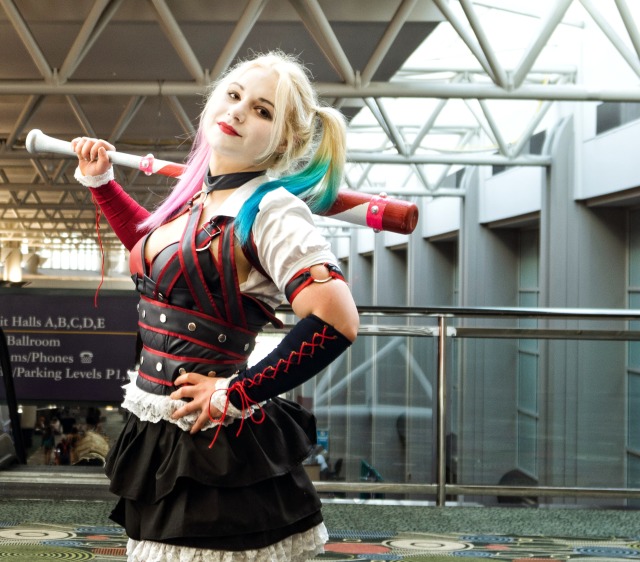
From last year’s. Utah FAN-X. I will not be attending any cons this year being how busy I am. Also I’ve had other goals I would like to do before going to cons. Also trust me. This con is stupid $$$ for what it is. As much as San Diego but more ghetto. I’m going to call it how it is. This is Utah’s biggest con and I’m local to it but, nothing compared to other cons. I will be doing shoots and the goal is at least 1 new cosplay by end of the year.


Old cosplay photos from around: 3 years ago! I have a ton of these that have never been posted on here before. This was also my 1st time cosplaying as well. The photos were shot at an abandon school that’s no longer around but seriously looked like an old asylum.

